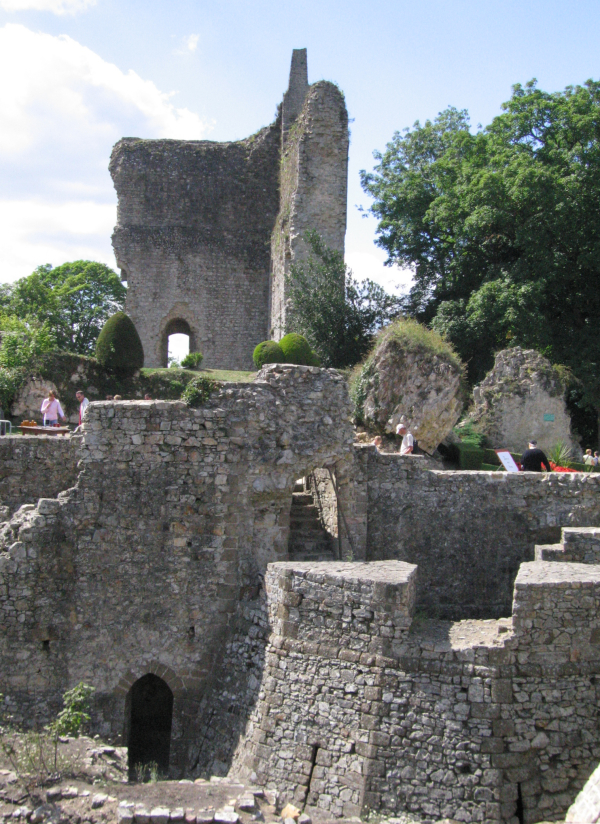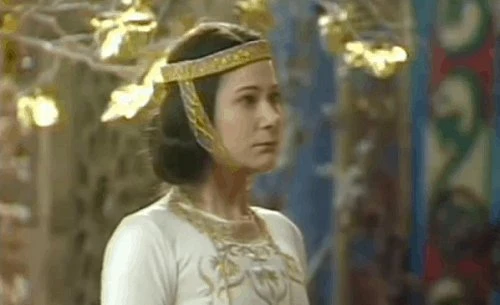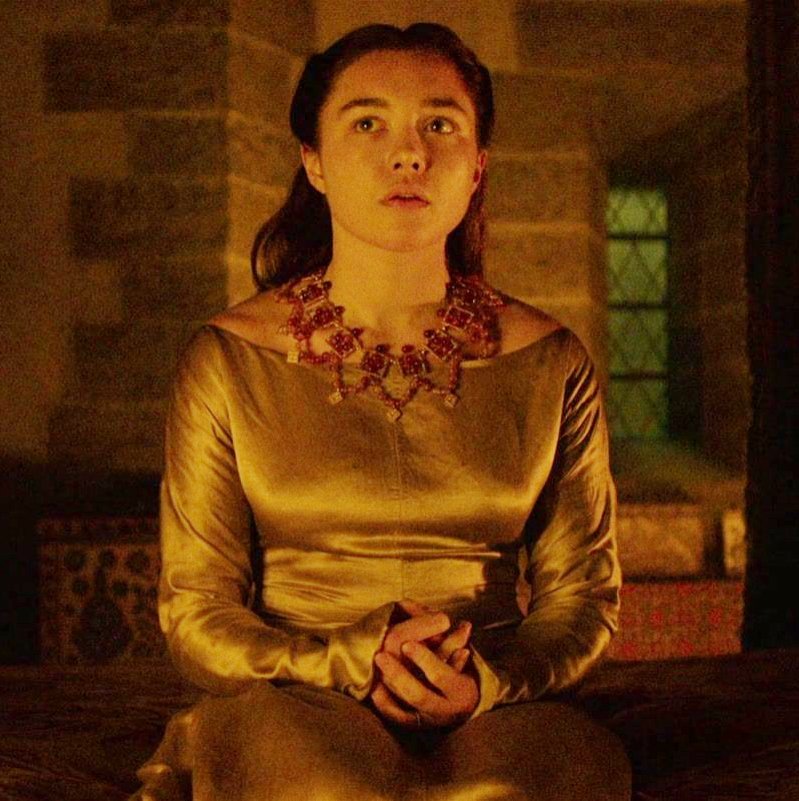Empress Matilda reigned for thirty two years - from 1135 to 1167 - and her reign is often divided by historians into three (roughly) equal sections, her widowhood (ironically termed as this period ends with the death of Godfrey of Louvain), her "golden age" (from 1147 to 1157) and her dotage (1157 to her death). By now, only her eldest son was married, and that marriage held no love, it was one of very political expediency to unify the FitzClito claims to England and Normandy with the FitzEmpress. The Duke of Normandy would spend much of his time gallivanting around the continent, with a woman in every town, and a bastard around every corner. A match for Lambert, Earl of Cornwall and Lord of Gaesbeek, was considered but not cemented, an Aquitainian match with a daughter of William the Eagle preferred by Matilda but frowned upon by France, and resisted by Lambert himself, often remarked as the most handsome man in the Kingdom - earning him his later honorific. Only her daughter Matilda, fifteen as of 1157, had shown willingness to marry and had departed for Freiburg to marry the Duke of Teck. As yet, there were no grandchildren, though Matilda the Younger and Adalbert would birth the Empress' only legitimate grandchild born during her lifetime, Matilda of Teck, in 1162, who, it would be determined, would marry one of the many sons of Louis VII and Eleanor of Aquitaine when she came of age. This would bring France, England, Aquitaine and Normandy into a tight knit alliance if both matches for Lambert and Matilda of Teck paid off (spoiler - only one of them does).
In 1163, the controversial divorce of Godfrey, Duke of Normandy and Gisela FitzClito took place. You might have noticed that we stated Matilda of Teck, born the previous year, was to be the only legitimate grandchild of Empress Matilda born in her lifetime, but recall that we had previously said that a son, William, Earl of Leicester - later, Sir William FitzLeuven - had been born to Godfrey and Gisela.
Gisela asked for an annulment of her marriage from Pope Alexander, but the marriage had reportedly been consumated as evidenced by the birth of their son, the Earl of Leicester, and Alexander stated it was a legal match. Gisela tried another target - that the match should never have been granted due to cosangunity (they were both great grandchildren of William the Conqueror) as they were related within the seven degrees, but Pope Celestine had granted consent to the match at the time. Gisela grew more desperate, and by now, news of Gisela's communication had reached Henry of Blois, Bishop of Winchester, and then relayed to the Duke of Normandy who became aware of his wife's demands.
A tightly planned scheme would come to fruition - the conception of the Earl of Leicester had been the night before Godfrey had departed London for his Norman domains, the pregnancy had been lengthier than expected, and aspersions had already been cast about the Duke of Normandy's parentage. Godfrey and Gisela may have conspired to break the wedding but if this is true, then Gisela seemed to have little worry about being deemed an adultress and her son being deemed illegitimacy. A servant who had attended Gisela shortly after Godfrey had departed England was found to swear witness that Gisela had menstruated, thus that she could not have been pregnant by her husband, another servant claimed that Gisela's Chambers had been visited by many a swarthy son of a nobleman. As news broke, the Papacy permitted the divorce on the grounds of adultery, Gisela saw her titles withdrawn and her infant son deemed illegitimate.
Empress Matilda felt sympathy for her first cousin twice removed, and made arrangements for the infant to be well cared for and guaranteed a position in the church should he wish when he came of age. Of course, he could not accede in Normandy or in England, by either FitzEmpress or FitzClito claims, and there was no question of him retaining his title, Earl of Leicester. Within eighteen months of his creation as such, the Earldom was deemed forfeit, and would later be recreated for Baldwin, youngest son of Clementia the Holy upon her accession sixty years later.
It must be stressed that Gisela would later remarry Geoffrey, Count of Ostervant, and her sister, the Lady Azalais FitzClito, would marry Raymond, the Count of Toulouse. Gisela's great grandson, Joscelin, would eventually sit on the English and Norman thrones as the first King of the House of Flanders.
But back in 1160, the relationship between the Duke of Normandy and his mother was increasingly tense. The marriage negotiations for Lambert, Earl of Cornwall, and Aenor of Aquitaine, had broken down and Matilda's hopes of a grand alliance, so promising only three years earlier, sat in ruins. Godfrey would remarry to Marjorie of Scotland, though not in his mother's reign, and neither he nor his brother would produce any legitimate issue.
It became clear that their sister, Matilda the Younger, heavily pregnant in Freiberg would see her line take the English throne. And when she gave birth, she named her daughter Matilda, after her mother
Jessica Raine as Matilda (III) of Teck, Queen of England, Duchess of Normandy and Countess of Cornwall suo jure, Countess of Forcalquier, in "The Sisters" (2010 to 2014)












